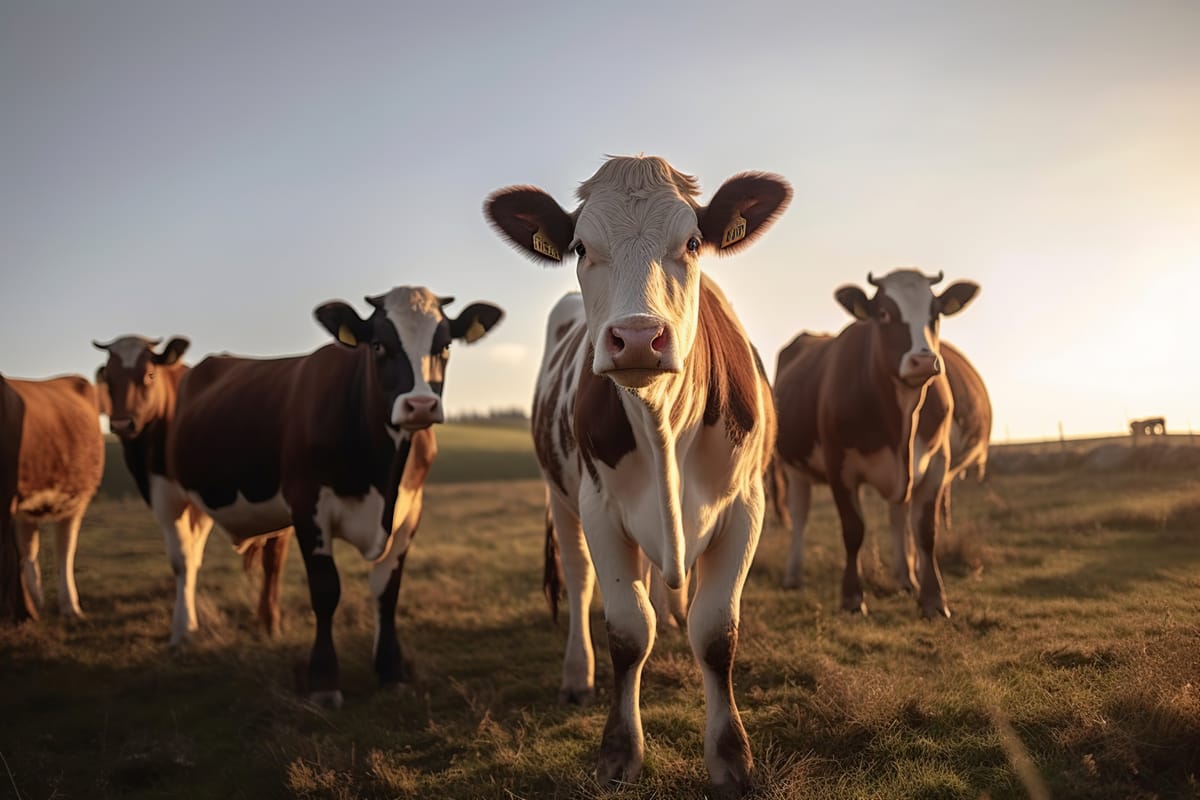The Real Cost of Underfeeding

Let me set the scene. Your cows are pregnant, healthy, and out on pasture – there is just one problem: limited forage. Underfeeding pregnant cows becomes more common when there is limited plant growth, like during the “summer slump” or when cows graze winter range, in the case of SD spring-calvers. Today we will look at the impact poor nutrition has on offspring performance.
As you can imagine, poor nutrition will cause a cow to lose weight and lessen her chances of getting and staying pregnant, but how does undernutrition impact her offspring? Researchers attempted to answer just that by measuring the performance of calves born to underfed cows. To measure this, researchers fed either 100%, 75%, or 50% of the daily nutrient requirements to pregnant cows that were 100 days from calving.
Although the underfed cows were losing weight, they proved to be resilient, providing their calves with similar milk quantity and quality of cows fed more feed. The calves would prove to be resilient as well. Calves from underfed cows were born smaller, but during the first few weeks of their life they had exceptional growth – their average daily gain was greater than the calves from the adequate nutrition group. This strange event is part of the “thrifty phenotype hypothesis,” where underfeeding during pregnancy increases how much nutrition is saved by the growing calf.
However, even though the calves from underfed cows had enough feed and better average daily gain, the calves could not catch up to their peers in body weight by slaughter. The carcass quality of the groups was similar, but there was more fat cover on the underfed offspring, demonstrating the thrifty phenotype hypothesis. This paper shows how a poor start impacts the rest of the production cycle of calves and brings to mind the saying, "happy cows make for happy ranchers."
The goal: provide pregnant cows with enough nutrition to maintain their body fat. Depending on your region, there are many options to meet the nutritional requirements that your cows are consuming, including soy hulls, corn gluten, and beet pulp. Your local nutritionist can also help you by assessing your fields, determining how much feed your cows require, and guiding you on next steps.
